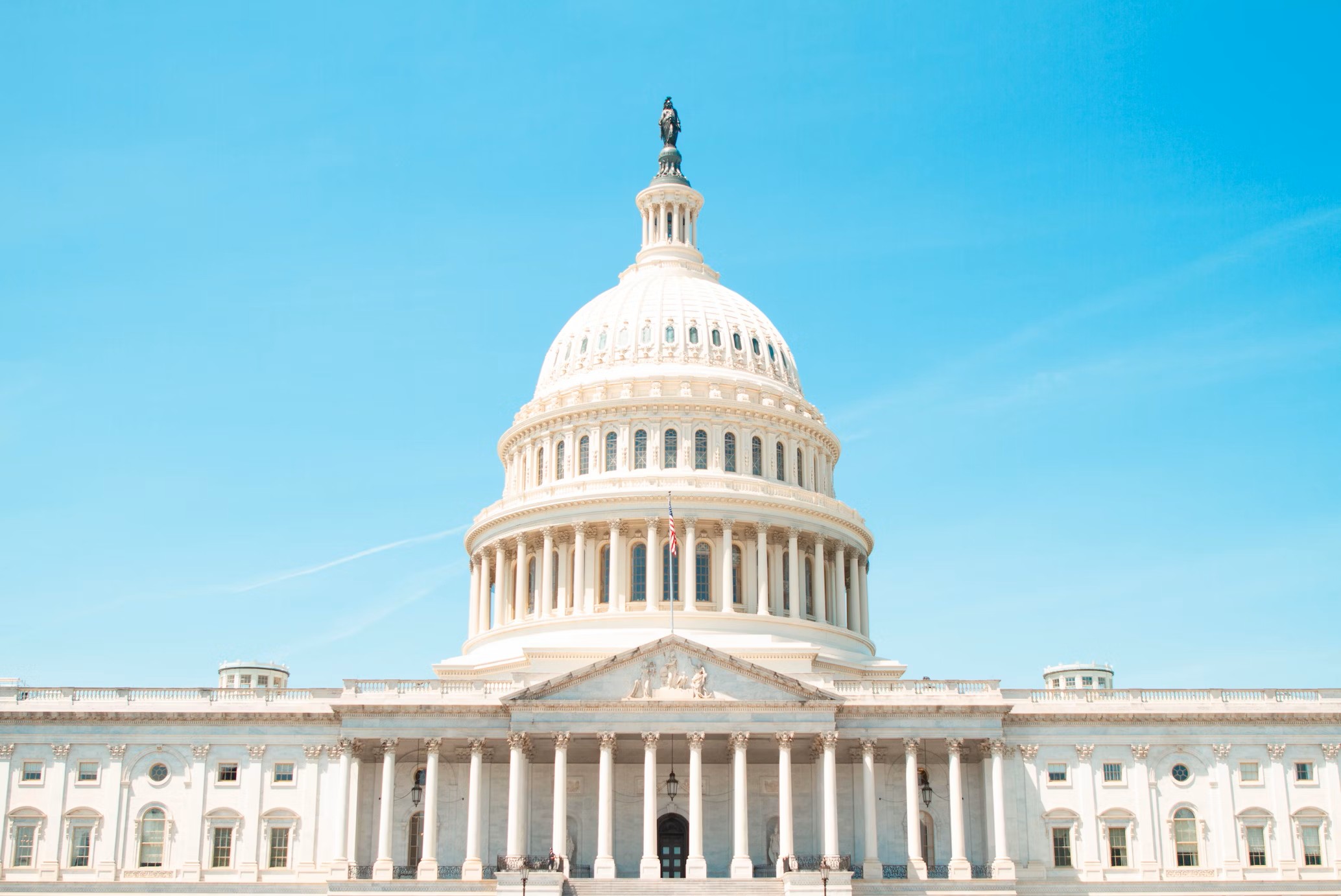Economy

Tenth District Manufacturing Slower in September Says Kansas City Fed
Written by Sandy Williams
September 29, 2013
Manufacturing activity in the Tenth District slowed in September according to a survey by the Federal Reserve Bank of Kansas City. The month-over-month composite index that factors in production, new orders, employment, supplier delivery times, and raw materials inventory indices, was 2, dropping from 8 in August and 6 in July.
The production index slid from 21 to 4 in September along with decrease in shipments, new orders and backlogs. The employment index retreated from a rise in August. The raw materials index was flat for the month but the finished goods index decreased slightly. The price indices for finished goods and raw material prices fell slightly month-over-month
Manufacturers responded with optimism in the future factor indexes. The future composite index doubled from 9 to 18, reaching its highest level since March 2012. Production, shipments, new orders and employment are all expected to grow. Future capital expenditures increased from 13 to 17. The index for future new orders for exports dropped slightly. Future inventory levels are expected to remain stable.
Survey comments revealed a shortage labor in the Tenth District.
The September survey was based on responses from 104 manufacturers from Colorado, Kansas, Nebraska, Wyoming, northern New Mexico and western Missouri.

Sandy Williams
Read more from Sandy WilliamsLatest in Economy

Industry groups praise Senate for passing tax and budget bill
The Steel Manufacturers Association and the American Iron and Steel Institute applauded the tax provisions included in the Senate's tax and budget reconciliation bill.

Chicago PMI dips 0.1 points in June
The Chicago Purchasing Managers Index (PMI) slipped 0.1 points to 40.4 points, in June.

Multi-family pullback drives housing starts to 5-year low in May
US housing starts tumbled in May to a five-year low, according to figures recently released by the US Census Bureau.

Architecture firms still struggling, ABI data shows
Architecture firms reported a modest improvement in billings through May, yet business conditions remained soft, according to the latest Architecture Billings Index (ABI) release from the American Institute of Architects (AIA) and Deltek.

Manufacturing in New York state contracts again
However, companies are growing more optimistic about the future.
